Administrators and teachers are always looking for ways to improve processes that can, in turn, improve student performance.
That’s why there’s so much talk about student data. This data allows teachers to measure and compare student performance against goals. Based on those results, teachers can decide how to proceed with their classes. But collecting and implementing student data doesn’t just have to do with the types of evaluations, the goals set, or the methods used to understand the data.
The effectiveness of student data has to do with its timing.
Regular and repetitive assessments give teachers and administrators the data they need to effectively guide their approaches with students. Student performance is not the sole responsibility of the school administration, the teachers, or even the students themselves. It’s a team effort, and everyone has a role to play in regularly using student data to improve learning.
Pro Tip
For an insightful look into the future of higher education, explore “8 Top Trends in Higher Education to Watch in 2024” on Jotform’s blog.
Collecting and implementing student data is possible with the support of principals
Administrators play a large part in facilitating the use of student data. Principals set a school’s culture and establish policies in regard to collecting and implementing student data.
The National Association of Elementary School Principals reported that “principals know that student achievement data offers invaluable support for making good decisions about instruction. But how that data [is] used is critical.”
Principals need to pair their knowledge with action. It’s their responsibility to set expectations about the types of student data to use, how often teachers should collect data, and what support and training teachers receive to use the data effectively.
If administrators don’t give teachers the resources they need, student data will only be another requirement for teachers to complete — rather than a powerful tool for improvement.
Principals know their student bodies: They know where their students come from, how many students are English-language learners, and what income brackets their parents fall into. Some schools will need specialized programs and training to equip teachers to use data effectively. Others will need to hire data coordinators or coaches.
While every school district and administration is different, all teachers need expectations, direction, and support to use data regularly and get the most out of their data-driven insights.
How continuous data collection helps teachers improve their methods
When we discuss data collection, we often have an image of Scantron tests and spreadsheets — additional burdens for teachers. “Data can feel like an instrument of punishment rather than promise,” writes education journalist Carly Berwick. “For teachers, especially, the resulting emphasis on assessment and metrics can feel like a betrayal of the craft.”
But when data collection is done properly, it allows teachers to gauge where their students are, improve their emotional connection with students, and understand the “why” behind their behaviors or performance.
There are multiple forms of data collection, including diagnostic, monitoring, formative, and summative assessments. “Great teachers make opportunities to embed various assessments throughout the learning cycle, iteratively and transparently,” writes Nithi Thomas at The Learning Accelerator. Frequent and regular data collection enables teachers to continuously make changes to their lesson plans, activities, and interactions with students.
Teachers already frequently assess their students through open-ended writing assignments, projects, math questions, unit quizzes, and presentations. Educational consultant Diane Sweeney says teachers should sort through these formative assessments to identify trends in student performance and guide future teaching practices.
“The true purpose [of a sorting session] is to analyze the work so that we know what students need in tomorrow’s lesson,” she explains. Student work is not produced just so teachers can assign grades; its purpose is to identify how students are learning and to guide future teaching.
For example, when teachers discover that only one-quarter of their students are capable of using evidence to back up their statements, they can create focused lesson plans on how to incorporate proof in essays. Then, in ongoing assignments, they can analyze whether those focused lessons are helping students achieve their writing goals.
These regular, day-to-day assessments give teachers an idea if their lesson plans are effective and identify individual students who need additional support. Teachers can then shape their teaching strategies accordingly.
Students need access to their data to improve
Administrators cast the vision for data-driven classrooms — and teachers collect and act upon that data. But we can’t forget the relationship between students and their data. Teachers, families, and administrators can give students all the support in the world, but students still have agency in their learning.
“We know children naturally set goals in their play, in their work, and in the moment,” writes Kateri Thunder, Ph.D., at Math+Literacy. Children who know how to set goals, take action to achieve those goals, and monitor their progress are more likely to take ownership for their learning.
Students should be aware of how they are performing in relationship to their goals — but how can teachers encourage students to self-reflect and evaluate their learning?
Teachers can use simple tools, like online forms, to ask students what their goals are for the next week, unit, or semester and what steps they need to take to achieve those goals.
They can use other forms to schedule conversations with individual students. These conversations can be a way for teachers to go over progress with individual students, to show them how they have achieved their goals, and to discuss future goals they may have.
Student data with the right timing
The only way to objectively measure student performance and identify ways to improve is to set goals, propose hypotheses, measure results, and turn those results into action.
But there is another factor that influences whether or not these assessments will have a real impact — their timing. By conducting assessments designed to gather student data regularly and repetitively, teachers and administrators can set up their processes for continuous improvement.
















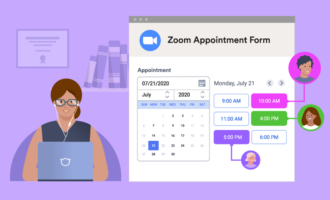
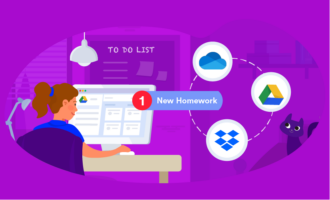














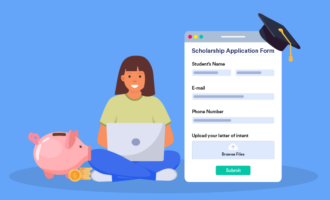
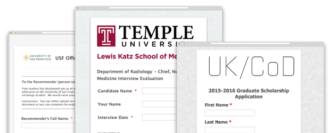























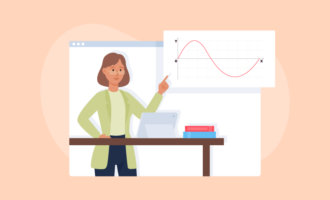








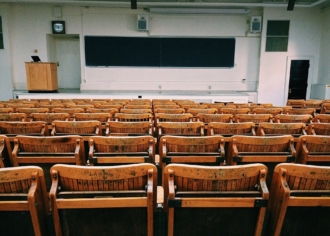











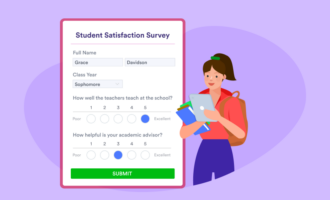










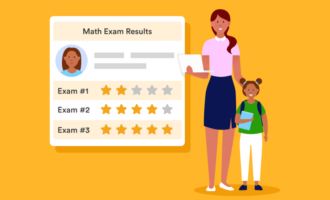


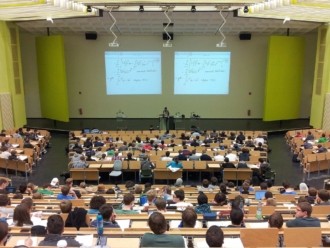
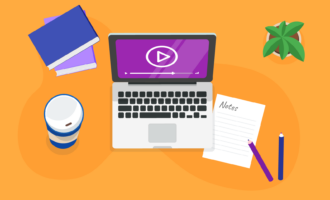




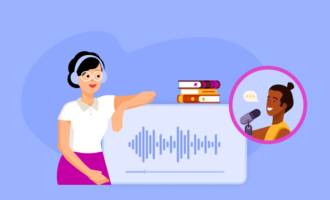





Send Comment: